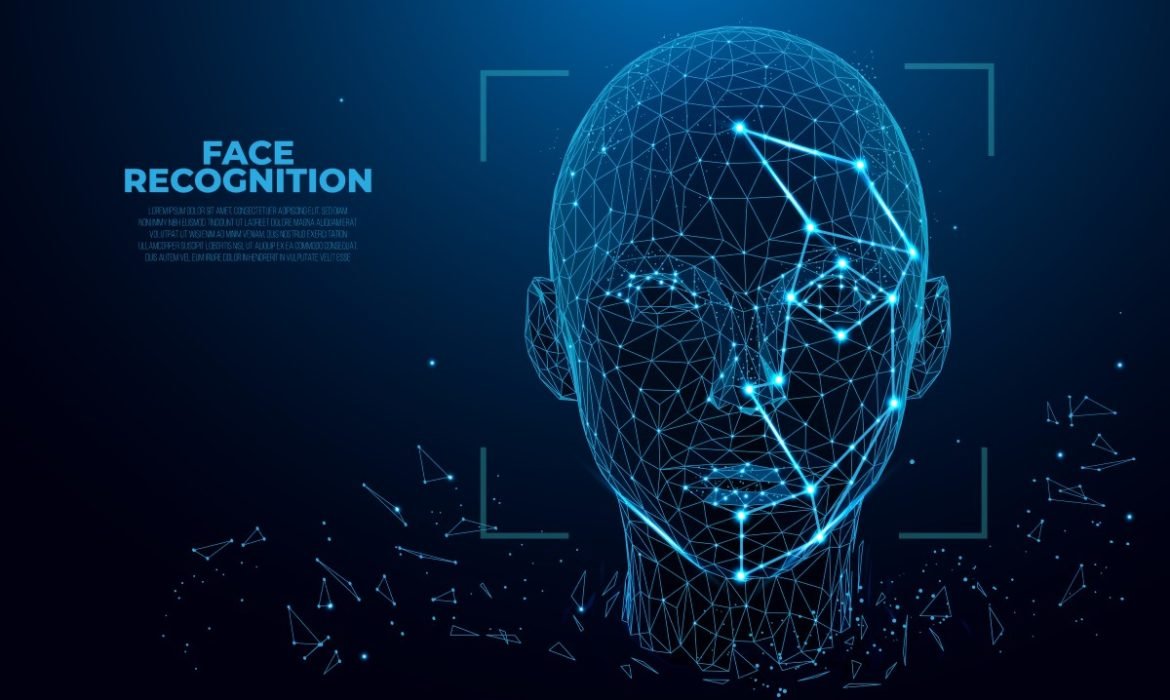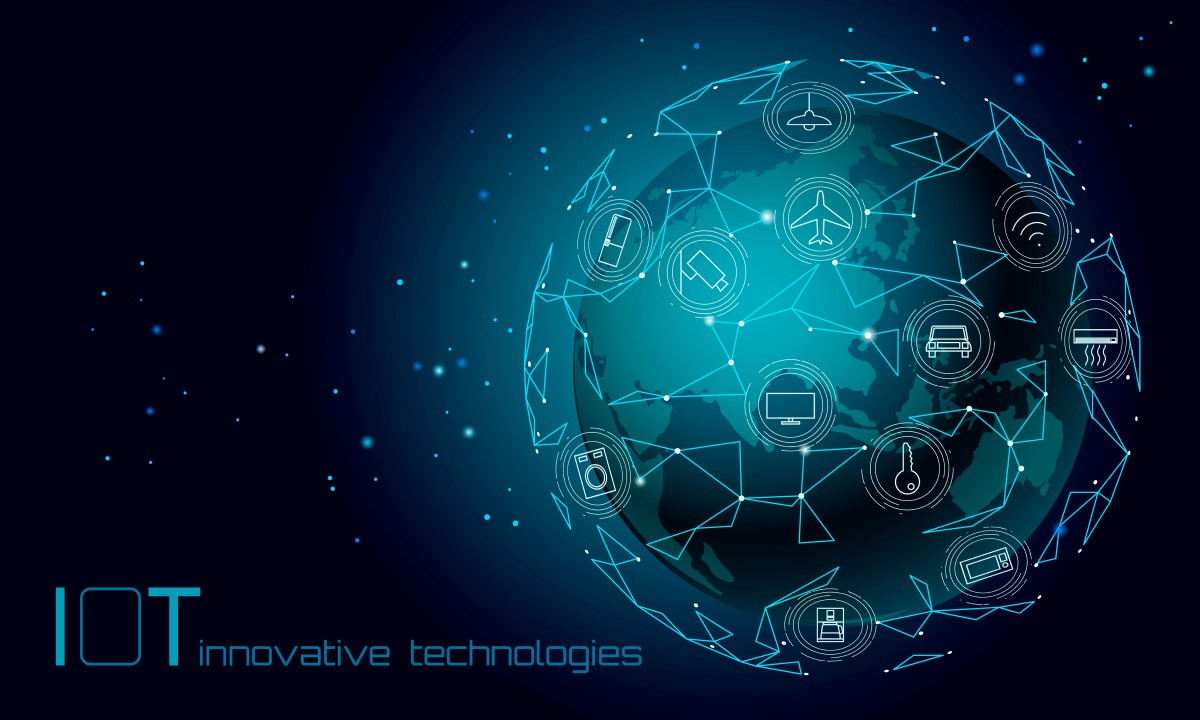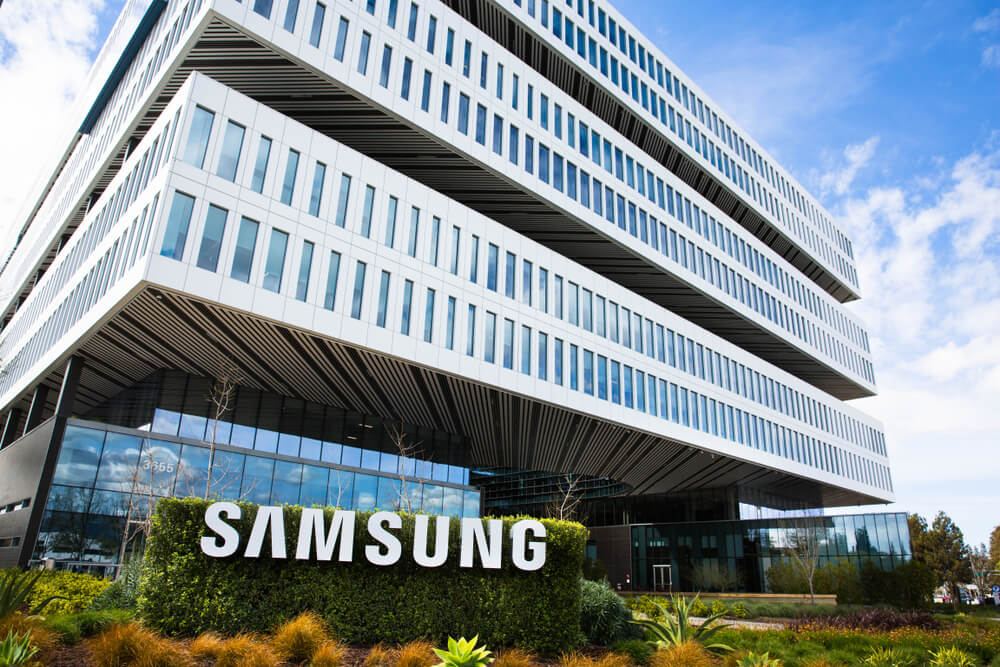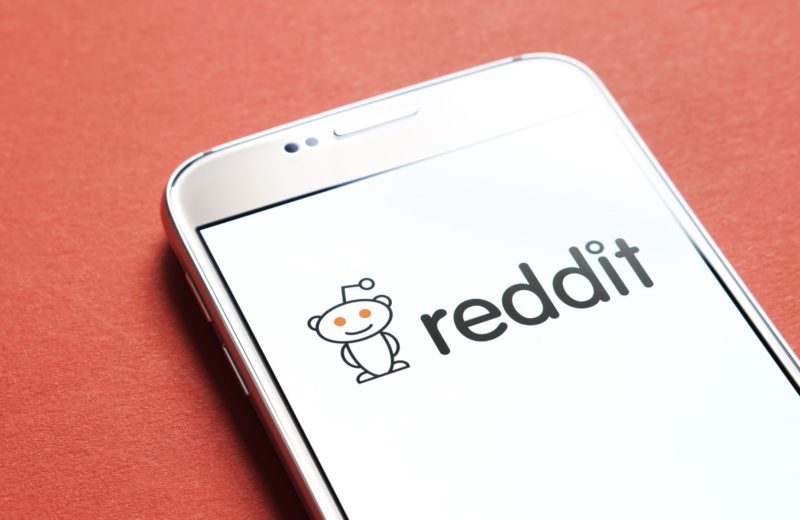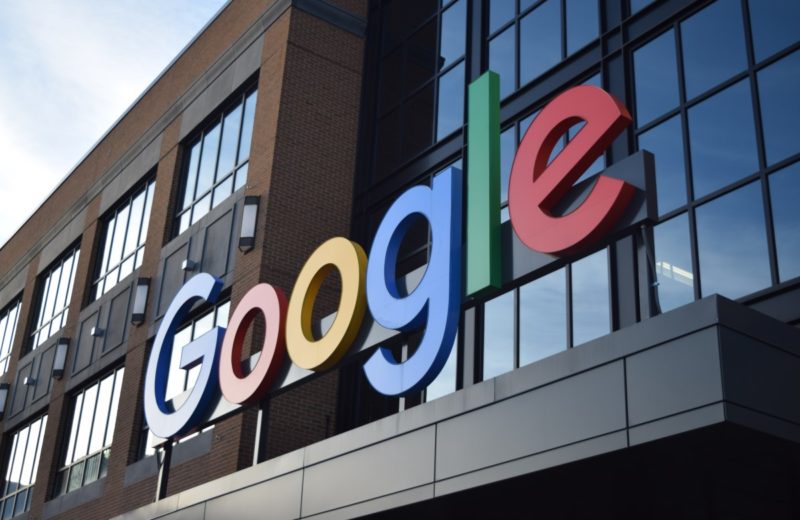In case Hoan Ton-That is feeling the pressure, he isn’t showing it to anyone.
Fears about police surveillance and facial recognition technology have been intensified over the last month. It is all thanks to Clearview AI, Ton-That’s startup.
There was a front-page investigation in The New York Times. The study revealed that Clearview has been working the law enforcement agencies for matching photos of unknown faces to people’s online images. Afterward, cease-and-desist letters rolled in from tech giants Facebook, Twitter, and Google. Thus, New Jersey enacted a statewide ban on law enforcement using Clearview while it looks into the software, and lawmakers made inquiries.
Last week, Ton-That had an interview at CNN’s studios in New York City. Nevertheless, he didn’t seem particularly fazed or anything. Ton-That just said that the laws a few weeks were exciting.
He demonstrated the technology and said he was honored to kick off a broader conversation about privacy and facial recognition. Ton-That is very eager to build a great American company with the best intentions. He added that he would not sell his product to China, Iran, or Russia. Ton-That claims that technology is solving crimes and saving kids. He is welcoming government regulation.
Nevertheless, there are more concerns about Clearview in comparison to acclaims.
Clearview artificial intelligence is controversial for many reasons. Nevertheless, the most important is its massive database. The company is claiming to have scraped more than 3 billion photos from the internet, including popular social media platforms like Youtube, Twitter, Instagram, and Facebook. Even after users delete the pictures from the platforms or make their accounts private, the Clearview retains them in its database.
Clearview is selling access to its database to law enforcement agencies. Thus, the agencies can match unknown faces to other images.
Clearview
In a demonstration last week, CNN Business saw firsthand how the technology works.
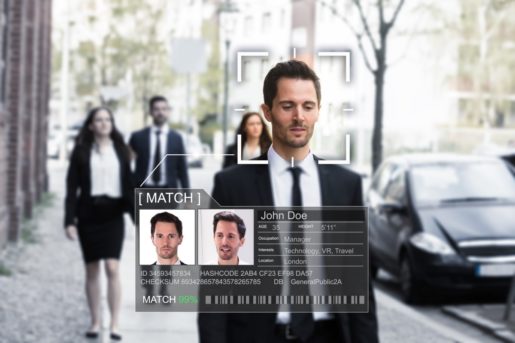
Ton-That ran a photo through the database after the seconds’ multiple different pictures appeared across the internet.
Clearview is giving similar demonstrations to law enforcement. Many have been convinced to hand over taxpayers’ dollars for the tool. For instance, a police spokesperson told CNN business that the Chicago Police Department is paying almost $50,000 for a two-year Clearview pilot.
More than 600 law enforcement in Canada and the United States are using the tool. Ton-That didn’t say how many of those are paying customers and how many of them are using free trials. Moreover, several banks are using Clearview software for investigations fraud. CNN Business reached the 20 largest bank chains of America. Bank of America, United States Bank, Ally Bank, SunTrust, Wells Fargo, and JPMorgan Chase all denied using the Clearview software. Other banks declined to make any comment about it.
We have to admit that the Chicago Police Department and other Clearview clients seem only to have access to public images that anyone can find online. Nevertheless, the software can find information that is no longer public. It is because the knowledge gained from Clearview was at one point placed in the public domain.


